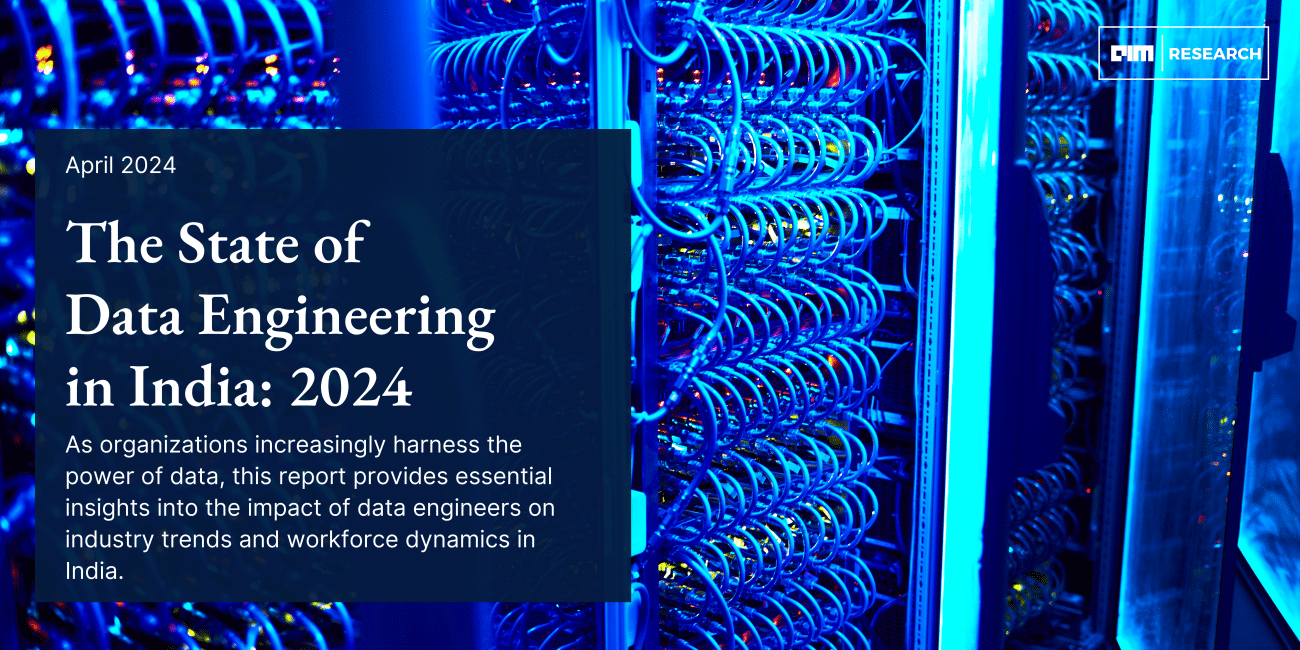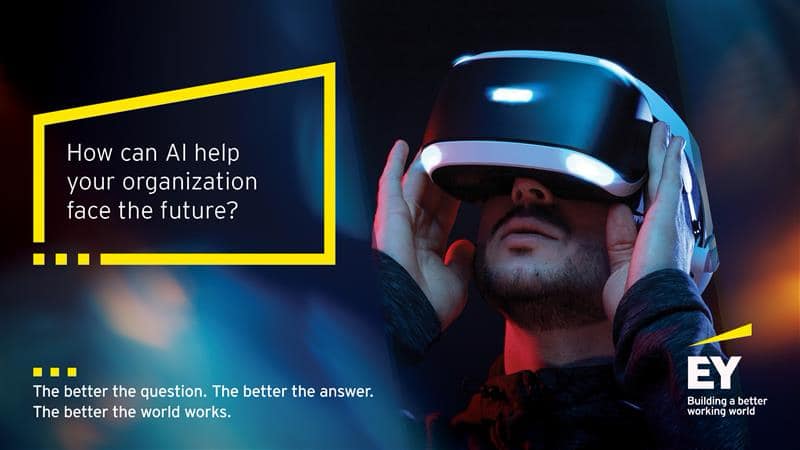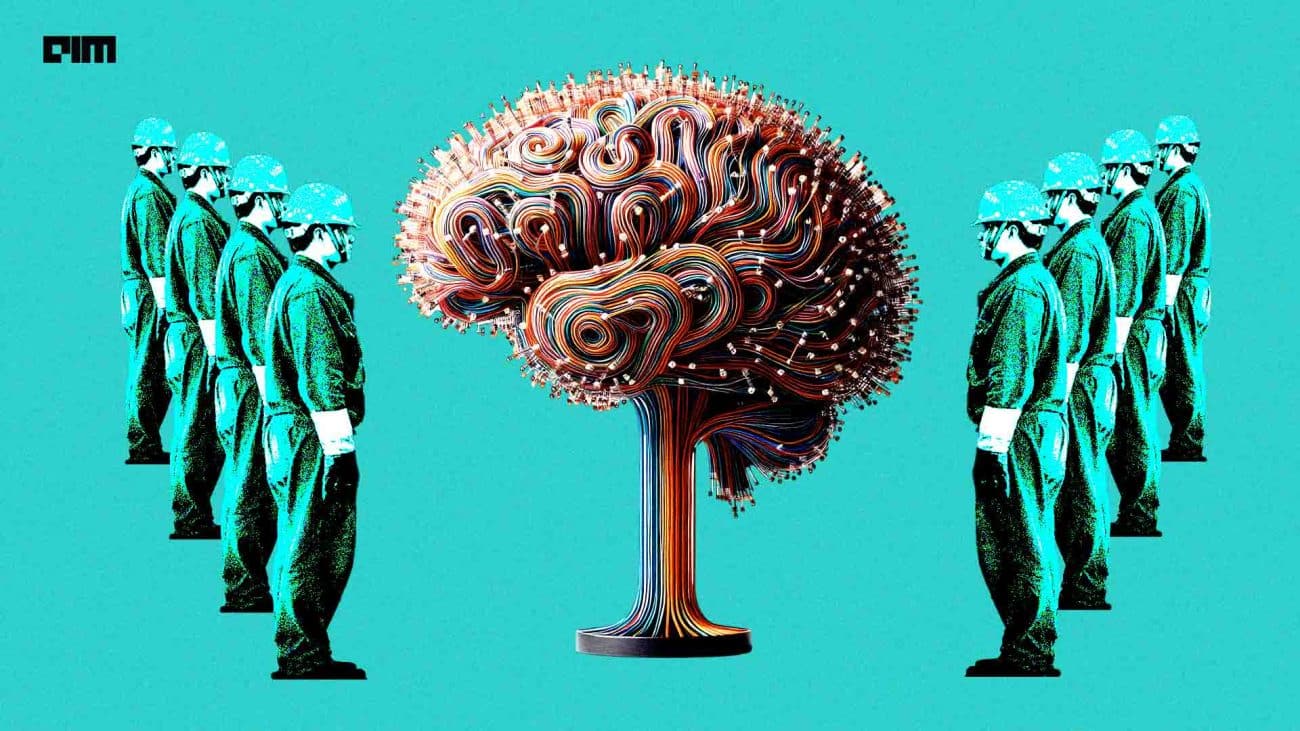H&M Group is leveraging AI to achieve a climate positive value chain by 2040. The clothing retailer uses AI-driven demand prediction to optimise the supply chain, said Linda Leopold, head of AI at H&M.
Two hundred plus data scientists are working at H&M to understand purchasing patterns and trends across its stores. The company uses big data to analyse customer needs at a local level. The team has built algorithms to analyse store receipts, returns in the store, and loyalty-card data to study customer demands. In addition, the algorithms look at blog posts and search engines to gather more information about fashion trends.
The company uses a localised approach. For instance, in an H&M store in Stockholm, the teams used AI algorithms to study the style preferences of women customers. The analysis found shoppers favoured fashion-focused clothing like floral skirts and preferred higher-priced items. The store adjusted the inventory and also added a coffee shop based on the insights from the study. As a result, H&M said, the sales have improved significantly at this store.
H&M is also using big data to predict trends several months in advance.
Pricing and delivery
The algorithms account for currency fluctuations, raw materials cost and goods going unsold to determine the prices.
H&M has invested in automated warehouses to facilitate one-day delivery for 90% of the European market. Algorithms and data power the warehouses and loyalty programs. The company is also using RFID tech in its stores to improve efficiencies in its supply chain.
RFID tags allow effective monitoring of the inventory. Operators can easily access the full history of a given item based on the tag’s serial number. It also provides them with information such as inventory status.
In-store experience
H&M has also taken the offline store experience a step further by introducing their online recommendation system in the physical store.
“This spring, one of the H&M Group brands and external partners launched a Body Scan Jeans pilot project. Customers can have their body 3D scanned in-store, which then generates a digital avatar, enabling customers to try different denim colours and styles virtually. Machine learning then converts the body scan into a paper pattern and measurement list. The jeans are then produced and can be picked up in-store, or delivered, a few weeks later. This is an example of personalised, on-demand manufacturing. A solution that not only solves the problem of size and fit for the customer but also leads to fewer returns and decreased CO₂ emissions,” Leopold explained.
Sustainability
H&M is also working on making fast fashion sustainable with its promise to use 100% recycled/ sustainable materials by 2030. In addition, the brand is using AI to consider the environmental impact of its raw material.
“What we do is that we are amplifying our business solutions with AI and we cover the entire value chain. We today look at the big cases where we can be relevant looking at the scale and complexity of a company as H&M 5000 stores- where we can be most relevant the turnover last year was over 200 million kroners. Do you know how much garment we buy we make an impact with our AI use cases all the way from looking at what is it that we’re going to buy, when will we buy it, how much weight will we buy and where should we place it in what stores and how are we relevant to our customers in all of this”, said Errol Kollmeister, the lead data scientist at H&M. He said the framework had delivered business value by reducing time-to-market for use case development by 50 percent–from 12 to six months.
H&M’s AI framework is based on nine principles: Focused, Beneficial, Fair, Transparent, Governed, Collaborative, Reliable, Respecting Human Agency, and Secure.








































































































